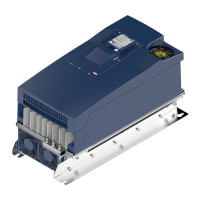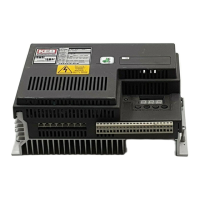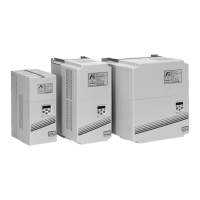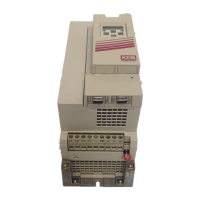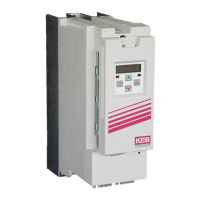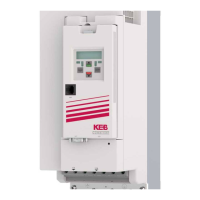GB - 43
Annex
Table 1.5.2 Electro-chemical voltage series / standard potentials against hydrogen
Material generated Ion Standard po-
tential
Material generated Ion Standard po-
tential
Aluminium Al
3+
-1.67 V Copper Cu
2+
0.34 V
Manganese Mn
2+
-1.05 V Carbon C
2+
0.74 V
Zinc Zn
2+
-0.76 V Silver Ag
+
0.80 V
Chrome Cr
3+
-0.71 V Platinum Pt
2+
1.20 V
Iron Fe
2+
-0.44 V Gold Au
3+
1.42 V
Cadmium Cd
2+
-0.40 V Gold Au
+
1.69 V
C.1.3 Requirements on the coolant
The requirements on the coolant are depending on the ambient conditions, as well as from
the used cooling system. General requirements on the coolant:
Standards TrinkwV 2001, DIN EN 12502 part 1-5, DIN 50930 part 6, DVGW work
sheet W216
VGB
Cooling water direc-
tive
The VGB cooling water directive (VGB-R 455 P) contains instructions
about common process technology of the cooling. Particulary the in-
teractions between cooling water and components of the cooling sys-
tem are described.
pH-value Aluminum is particularly corroded by lixiviums and salts. The optimal
pH value for aluminum should be in the range of 7.5… 8.0.
Abrasive substanc-
es
Abrasive substances as used in abrasive (quartz sand), clogging the
cooling circuit.
Copper cuttings Copper cuttings can attach the aluminum and this leads to a galvanic
corrosion. Copper should not be used together with aluminum due to
electro-chemical voltage difference.
Hard water Cooling water may not cause scale deposits or loose excretions. It
shall have a low total hardness (<20°d) especially carbon hardness.
Soft water Soft water (<7°dH) corrodes the material.
Frost protection An appropriate antifreeze must be used for applications when the
heat sink or the coolant is exposed temperatures below zero. Use
only products of one manufacturer for a better compatibility with other
additives.
Corrosion protec-
tion
Additives can be used as corrosion protection. In connection with frost
protection the antifreeze must have a concentration of 20…25 Vol %,
in order to avoid a change of the additives.
Special requirements for open and half-open cooling systems:
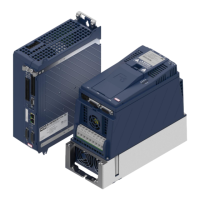
